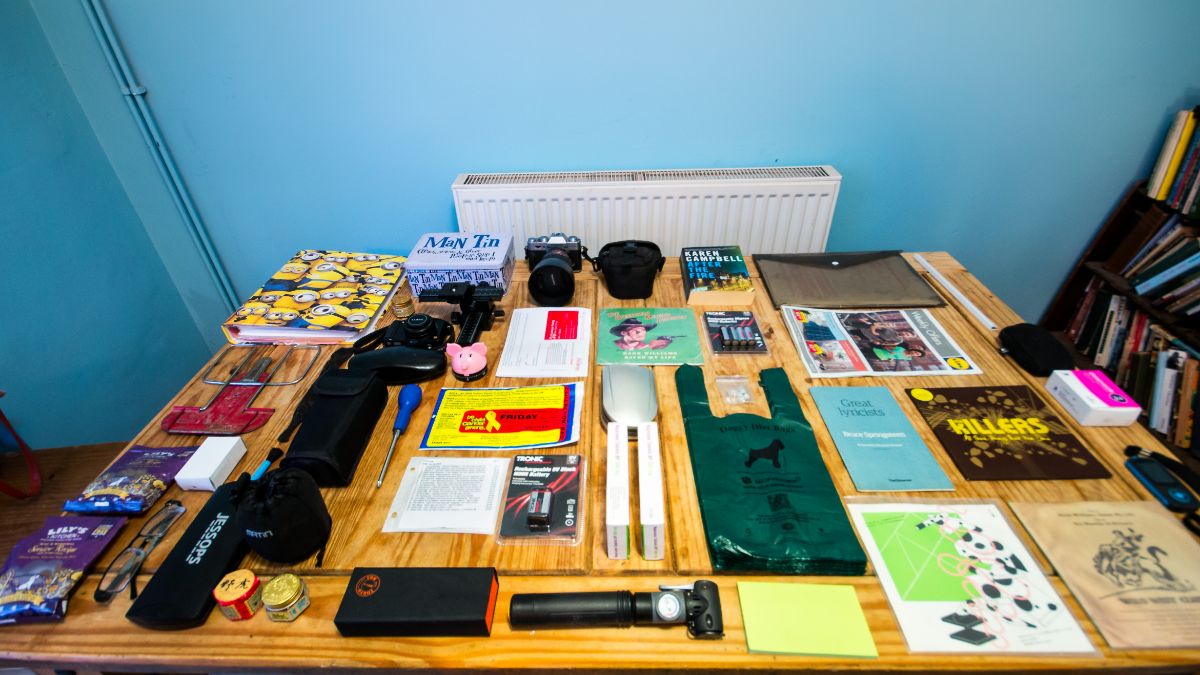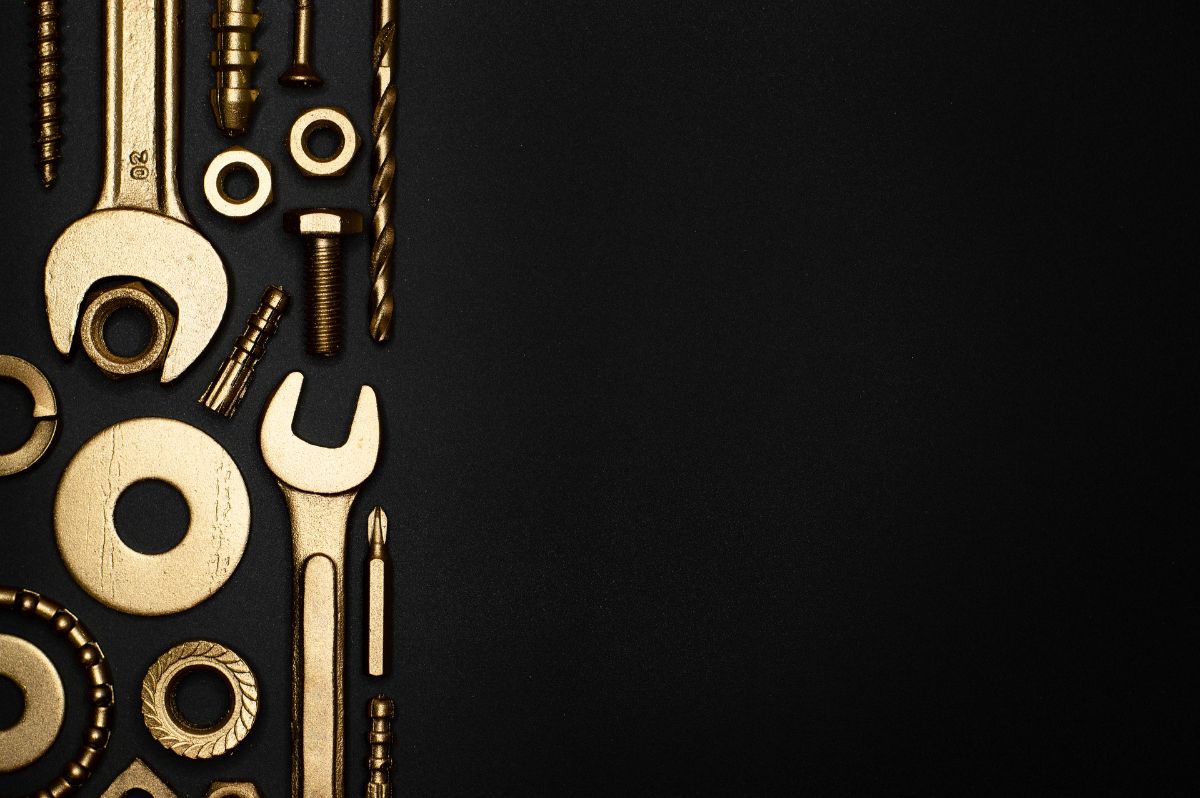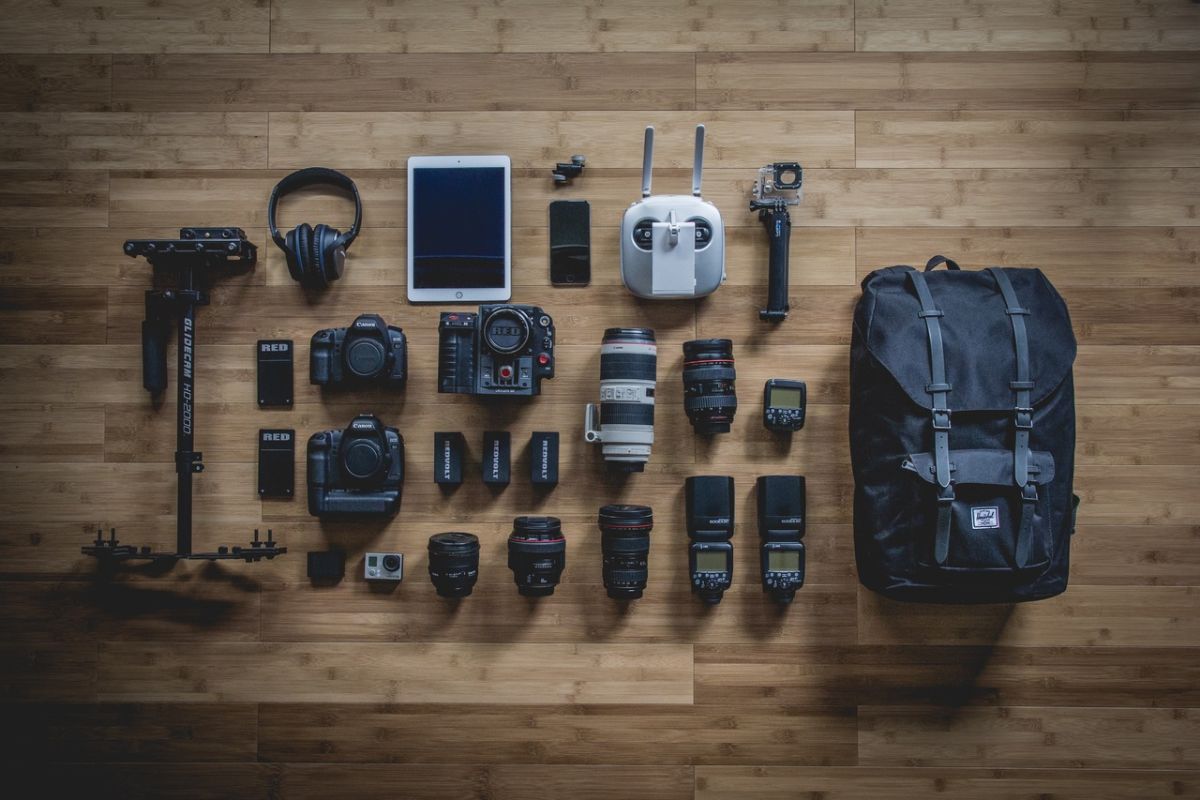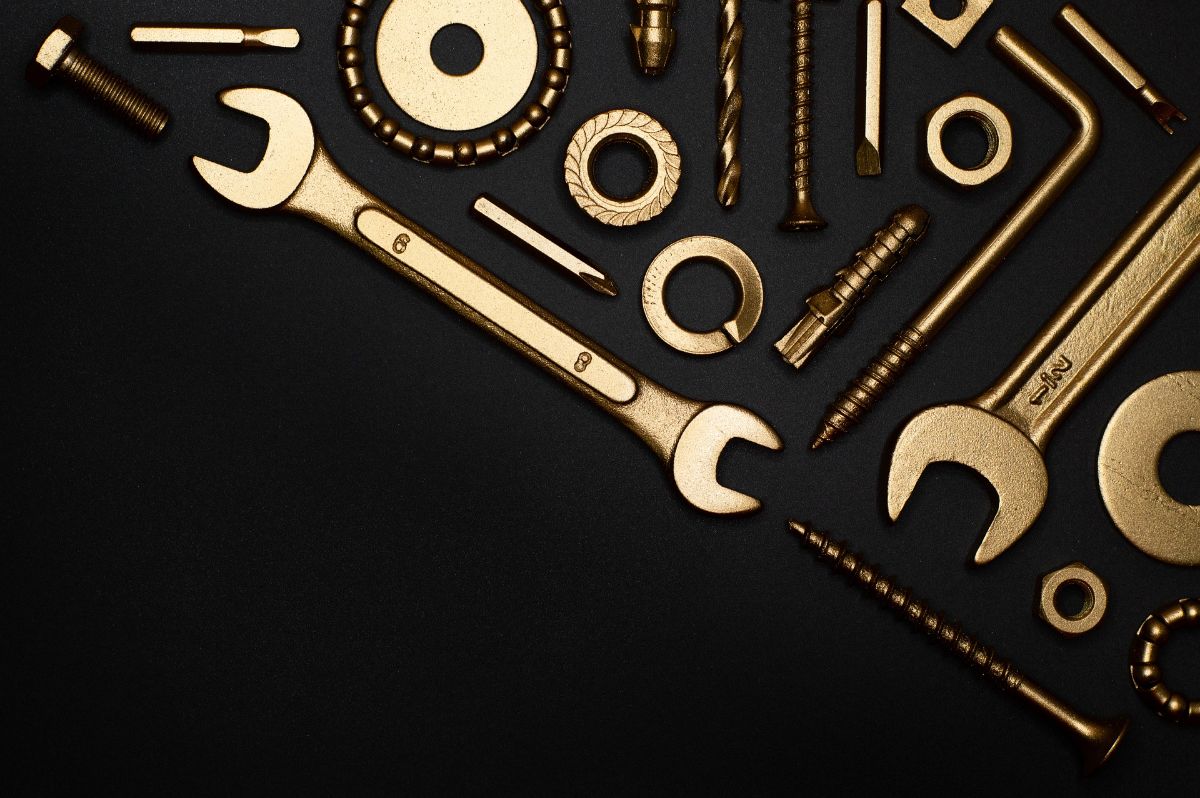
Within photography there are many techniques, strategies and tricks to achieve a much more professional and impressive result. Knolling, which is a branch of photography, is booming but not many know exactly what this term refers to.
For this reason, we have made a compilation of information so that you know what we are talking about and, above all, so that you can get an idea of what the technique is, how to do it and some practical examples. Go for it?
What is knolling
Let's start with the first. And this is perfectly understanding the concept of knolling. But we are going to do it in a practical way. Go into Amazon or Aliexpress and search for a tool kit.
The safest thing is that many of the photos show you the cover or bag and next to it all the products that the kit carries, right? Is a visual way of showing the potential client everything that they will have if they buy it.
Well, that photography technique is none other than knolling, a variant of photography that is also known as 'zenithal still life'.
The objective of knolling is none other than to present a series of objects, but not placed in a disorderly manner; on the contrary, They have to be very well ordered and in some cases "gutted" so that even the smallest piece of them can be seen.
If we are more precise, each of the objects must be at 90 degrees to each other, in such a way that a perfect, striking, original composition is created that will undoubtedly stand out.
What is the origin of the technique
El creator of this photography technique is none other than Andrew Kromelow, a janitor who decided to order all the utensils of a Frank Gehry architecture studio to make the work easier for the workers. So what he did was he put all the pieces together organizing it by size, shape, etc. and he arranged each of them at an angle of 90 degrees.
Obviously, he left a series of instructions, which is why it is known that it was Kromelow himself who baptized this technique as knolling, and clarified everything he had done, and how he had done it, much to the architect's surprise. But surely it helped him to be much more organized from that day forward.
Years later, Tom Sachs, an artist who had been working with Gehry, was introduced to knolling and decided to take the concept of that technique to create a uniquely beautiful composition. In fact, it is known that this artist used the technique for his own work creating a manifesto, the 'Always be knolling' (ABK) where he gave the four steps that had to be followed to carry it out.
types of knolling

Now that we have made it clear what knolling is and what is the origin of this technique, you should know that with its evolution Two types of knolling have come out:
- The one that brings together elements that are different but that are related to each other by an idea or concept. For example, the tool kit that we talked about before, which allowed you to have different tools (scissors, ropes, shovels, etc.)
- The one based on 'gutting'. An example of this type could be that of a computer that you 'gut apart' piece by piece, showing everything down to the smallest detail (chips, screws, joints, cables...).
How to practice knolling

As we have told you before, Tom Sachs put out a four-point manifesto that spelled out how knolling should be done. And those points are:
- Find the materials, tools, books... that you have at home and that are not used.
- Discard what is not used, even what makes us insecure as to whether it is used or not.
- The rest of the objects must be grouped by relationship. That is, you have to find a link between each of them. That will make us create groups.
- Now, in each group, you have to line up all the elements at right angles, and always on a flat surface.
Other artists who have used knolling for their works

Since the knolling technique was created, back in 1897, there have been many artists who have carried it out in addition to Tom Sachs.
Examples of this can be Todd McLellan, Austin Radcliffe, Ursus Wherli or Emily Blincoe. All of them have books in which you can find many examples of their artistic compositions, photographs and other arts with which they have lavished on knolling.
Actually, there are thousands of images, or millions of them, that reflect these compositions and can be quite successful when it comes to selling in an eCommerce, or working with branding to present possible designs to the client.
How to use it to present projects
As a creative, when a project comes to you, you have to present your idea in the best possible way to that client. And sometimes a lot of those projects allow you to play around with the composition a little bit.
For example, imagine that you have a manufacturer as a client. Making a detailed representation of all the components that a product has can help to offer a more original vision to your own clients. And at the same time, by representing so much, in an orderly way and with a millimetric organization, it stands out much more than if you only showed it some photos of the products from all possible angles.
Another example can be with branding works. When you are asked for a logo or the design of a personal brand, showing several elements with that logo, as a kind of mockup, but ordered with the knolling technique gives it a more professional air. Even if they did not tell you that they wanted to give it “realism”, or that they were going to use it in office or merchandising elements, putting it before it can help them see the result much more easily and connect with that work you have done.
Yes, be prepared to have a ruler handy and check that all the elements are well ordered and arranged in 90 degrees so that the photography and the final design have the result you expect.
Is it clearer to you now what knolling is?